News
News / 08/01/2019 / 1925
If we were looking for a person who could be the icon of authentic Croatian winemaking, then surely it would be "maestro" Ivan Enjingi from Hrnjevac near Kutjevo. A winemaker with 50 harvests done through his hands. A winemaker who advocates that all those oenological agents, selected yeasts, flavor enhancers, etc. kill authenticity and create uniform wines. A winemaker who is an innovator in both the vineyard and the cellar. A winemaker who, at the age of 79, carries the energy and enthusiasm of a young man.

We had the privilege of tasting a great line-up of archive wines from Enjingi Cellar in the presence of winemaker himself at a tasting workshop at this year's WineOS, the Osijek Wine Festival.

The vineyards cover 60 hectares. The most significant plot is Venje Vineyard (385 meters above sea level) as well as other micro-locations of Hrnjevac and Mitrovac (Kutjevo vinegrowing area). For more than 33 years, Ivan Enjingi has been applying the principles of ecological production in vineyards and minimum intervention winemaking in the cellar. Concerning varieties in his vineyards, there are: Graševina, Rhine Riesling, Pinot Noir, Traminer, Zweigelt, Pinot Noir, Blaufrankisch, Merlot and Cabernet Sauvignon.
The workshop was conceived primarily as a demonstration and proof that Graševina should be classified in the group of the most important grape varieties in Central Europe.
Graševina 2018 - Enjingi Wines - Stainless steel tank sample. Ivan Enjingi points out prior to the tasting that he still does not consider it a wine because it is still a work-in-progress version. But he has brought it to illustrate how wines were made 100-200 years ago. No interventions, no oenological agents. A wine that already has an indication of complexity and structure that will gain from further maturation.
Graševina 1990 - Enjingi Wines - We then move on to the oldest vintage of Graševina that Ivan Enjingi has in the cellar. Golden yellow, mature, developed wine. The nose is complex, aromas of ripe yellow apple, quince, candied fruit, ginger, oxidative nutty notes and almond in the finish. Still vivid acidity.

Graševina 1994 - Enjingi Wines - 1994 vintage leaves an even nicer impression. More complexity on the nose, fewer oxidative nutty hints, accompanied with aromas of quince, dried apple, subtle notes of basil, mint, hay. On the palate, full body, mature, developed wine. The finish is long, savoury, with notes of candied fruit and honey.
Then we got a chance to taste two wines from vintage 1997.
Graševina 1997 - Enjingi Wines - Beautiful impression in the nose, herbal notes, basil, hay, orange peel, citrus, ginger, basil, yellow apple, hints of petroleum. In the mouth, smooth patina. Long finish with hints of honey, ginger, lemon, basil. Fresh, persistent acidity.
Graševina Late Harvest 1997 - Enjingi Wines - Keeps freshness on the nose despite age. Aromas of hay, chamomile, lime blossom, lemon, peach, orange peel. Medium body, complex aromatic profile on the palate, quite concentrated. Predicate mouthfeel in the finish.
Ivan Enjingi explains that there is always a sufficient supply of wine from earlier harvests in the cellar, since his natural approach to the vineyard and cellar means that sometimes bad harvests can occur. And when it happens, he doesn't pick grapes at all. Of course, this is also part of the natural cycle, because the grapes will be eaten by animals or end up on the soil, thus enriching the soil composition. He certainly feels responsibility towards his customers so he doesn't allow wines with flaws and faults to enter the market.

Graševina 2013 - Enjingi Wines - On the nose, light predicate tones and linden blossom hints, chamomile wrapped in fresh apple aromas, ripe quince, yellow fruit. A lively, vibrant impression in the mouth. A wine full of potential that will only show its beauty and nobility in the coming years.
Graševina 2017 - Enjingi Wines - The wine which is currently stored in stainless steel tanks kept outdoors, exposed to frost and cold and will remain there until late spring. Rich, powerful wine. The nose is brimming with aromas of elderberry flower, linden blossom, hay, citrus, peach, apple. The palate is dominated by flavours of elderberry juice, grapefruit, citrus. Long savoury finish.
Graševina Late Harvest 2015 - Enjingi Wines - 18.3% alcohol in this wine sounds unreal, but surprisingly, it is quite well integrated in the mouth so it doesn't bother much. Full body, oily impression. The nose is balsamic, plentiful spicy aromas, oregano, basil, chamomile accompanied with yellow apple, pear, peach.
Graševina 2002 - Enjingi Wines - The colour is golden yellow, extremely expressive wine. Complex aromatic profile on the nose, lots of tertiary notes, propolis, honey, chamomile, elderberry flower, peach, pear ... Such a seductive wine on the nose that you unconsciously begin to lean over the glass rim to smell once again that whirlwind of aromas. And again, and again ... In the mouth, mouthcoating, juicy. Lush palate, aromas of propolis and cooked quince... Pure poetry in a glass. Wine that deserves the highest ranks of Croatian winemaking.
Venje 1998 - Enjingi Wines - Ivan Enjingi continues to bring to us wines from his cellar collection. Now the moment has come to taste wine that represents a piece of Croatia's wine history. This wine earned the title: “Thank God for Croatian Whites” at Decanter magazine. Venje from vintage 1998 can actually be tasted only by the lucky few because the wine has never been put on sale. A blend of five varieties (Graševina, Pinot Grigio, Traminer, Sauvignon Blanc, Rhine Riesling), still dominated by Graševina. Josip emphasizes that this blend was made by chance because in those days he didn't have enough grapes to make a separate wine from each variety. Golden yellow color in the glass already indicates that we are about to taste a wine jewel. Plentiful balsamic, spicy aromas, basil, linden tea, elderberry flower, hay, carob, quince, ripe yellow fruit ... On the palate, oily, slow moving. Full body. Pure nectar. In perfect condition despite long life span of this wine.
Graševina Selection Harvest 1998 - Enjingi Wines - A complex wine, its aromatic profile dominated by candied fruits, caramelized sugar, propolis, honey, orange peel. Lively acidity complemented by hints of orange, peach, dried apricots, raisins, almonds in the finish.
Then we switch to red wines. There are still voices in Croatia that believe that Enjingi gives his best when it comes to white wines, while red wines provoke more discussion among connoisseurs. The debate is usually conducted in terms of how much varietal typicity is reflected in Enjingi wines.
Zweigelt 1986 - Enjingi Wines - Zweigelt is a variety created in 1922 by crossing Blaufrankisch and St. Laurent. In the glass, a brick-red color with brown rim indicates the age of the wine. On the nose complex, sun-dried tomatoes, leather, traces of red fruit, forest soil, mushrooms.In the mouth still alive, developed, sun-dried tomatoes, black olive, tar, dried cranberries. The fruitiness (red forest fruit) is already disappearing, overpowered by tertiary notes.

Zweigelt Late Harvest 1994 - Enjingi Wines - The nose is somewhat flat, oxidative notes, prunes, sun-dried tomatoes, cranberries. In the mouth, flavours of ketchup, sun-dried tomatoes, carob, forest soil. Well-preserved acidity adds to wine's freshness.
Zweigelt Late Harvest 2013 - Enjingi Wines - Intense, extractive, full-bodied. Still in development, lots of freshness. Ripe black forest fruit, cherries, blackberries, white pepper, oregano, cinnamon. An exciting, long finish.
Pinot Noir Late Harvest 2009 - Enjingi Wines - This wine should be tasted with an open mind. You won't find varietal features of Pinot Noir there. Its aromatic profile leans more towards notes of black forest fruit, blackberries, blueberries, black currants, cherries. By color, darker and more extractive than the typical renditions of Pinot Noir. Full body. Coarse structure, great ageing potential.
As we're tasting Pinot Noir, Ivan Enjingi comments that selected yeasts are a plague in the vineyard. By selection they are made to be more powerful and superior to natural yeasts in the vineyard. So when they are used, natural yeasts lose the battle with them and become weaker and more inert year after year. In this way, the identity of the vineyard gets lost, and the resulting wine doesn't differ from wines obtained elsewhere. Enjingi's closing sentence still echoes in my ears: "I have never used selected yeasts, nor shall I as long as I am alive."
Black Venje Late Harvest 2006 - Enjingi Wines - Varietal composition: Blaufrankisch, Zweigelt, Cabernet Sauvignon, Merlot, Pinot Noir. Very complex nose, expressive. Aromas of black forest fruit, overripe cherries, blackberries, dark chocolate, vanilla. Fruity, intense mouthfeel, full -bodied. On the palate, sumptuous flavours of plum jam, blackberry, leather, tobacco. The long finish simply urges you to taste wine slowly and enjoy every sip.
Traminer Izborna Berba (Auslese) 2009 - Enjingi Wines - Offdry wine. 15.9% alcohol. On the nose, aromas of rose, tropical fruit, honey leaving an elegant, soft, sophisticated, non-invasive trail. In the mouth, extraordinary acidity. Residual sugar does not dominate the impression, so wine does not slip into profanity.
Ivan Enjingi finished the workshop with a warm smile and words: "I haven't given enough yet. And the end is never final." For that reason, he has planted another 35,000 vines of Graševina and Merlot last year.

(21.01.2019.)

Tomislav Ivanović
Awarded wine writer, wine critic and contributor to selected wine magazines. WSET3-certified author and editor-in-chief of www.vinopedia.rs. Member of Vojvodina Sommelier Association. Juror in national and international wine competitions. Lecturing about wines of Serbia and the Balkans. Local partner of Wine Mosaic organization. Co-founder of International Prokupac Day.

Pročitajte i druge članke iz ove rubrike:
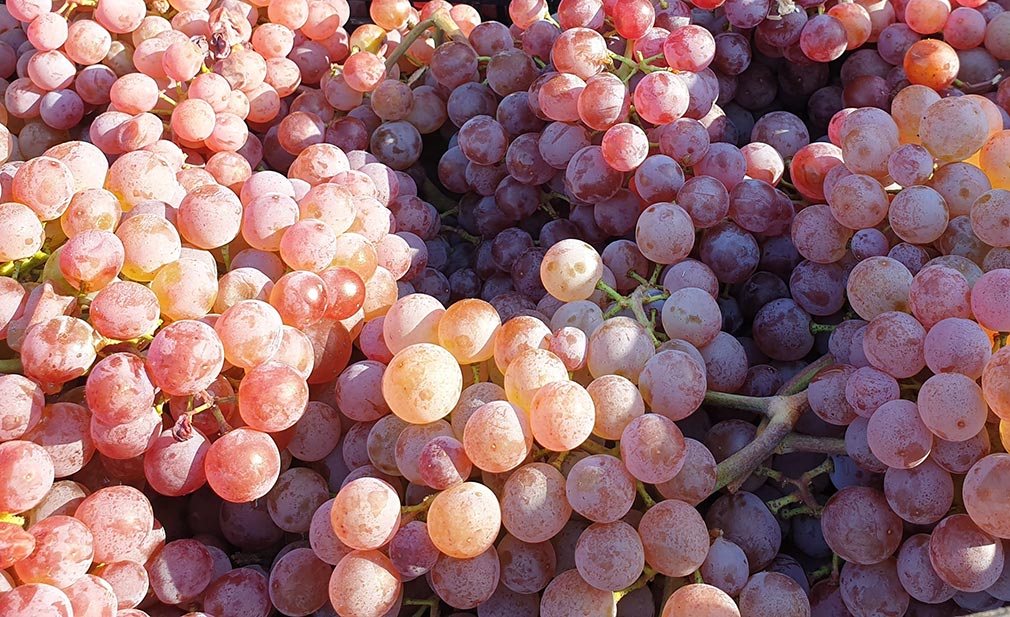

VINOPEDIA TOP 10 2024
PROČITAJ VIŠE
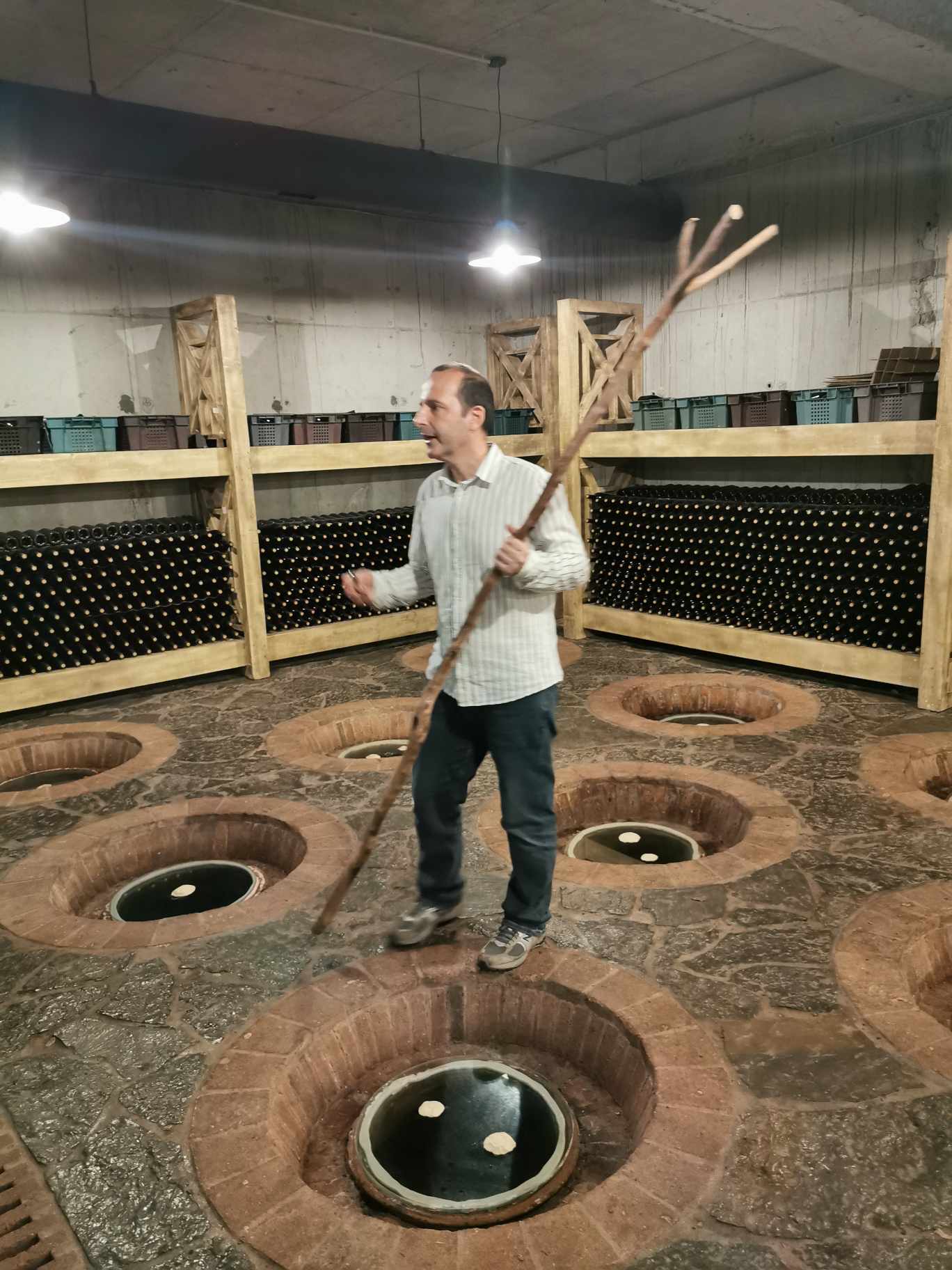

GIUAANI - VINSKI TURIZAM NA GRUZIJSKI NAČIN
PROČITAJ VIŠE
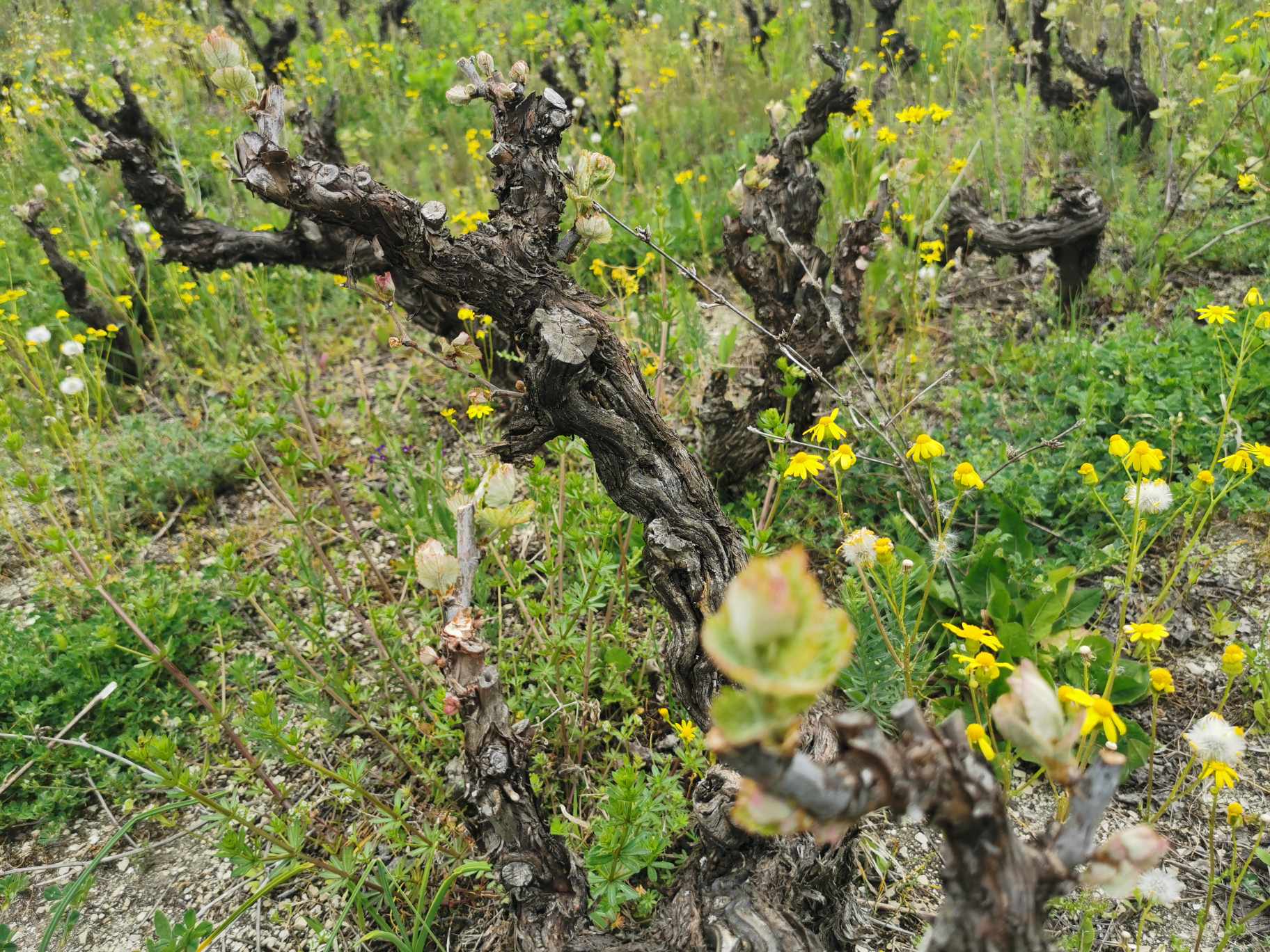

SPASIMO STARE VINOGRADE SRBIJE
PROČITAJ VIŠE
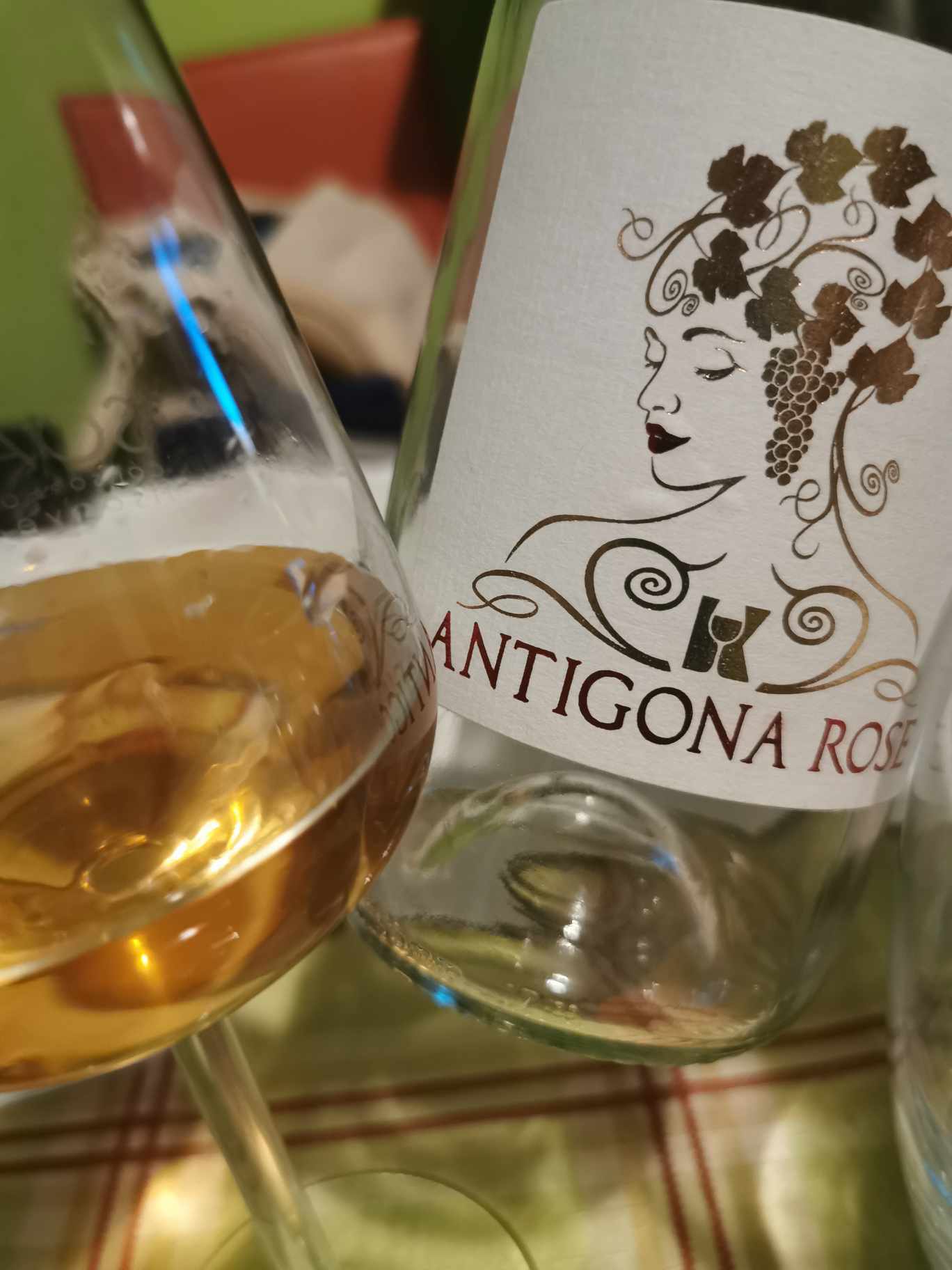

NAŠLI SMO ANTIGONU IZ ORAHOVCA
PROČITAJ VIŠE
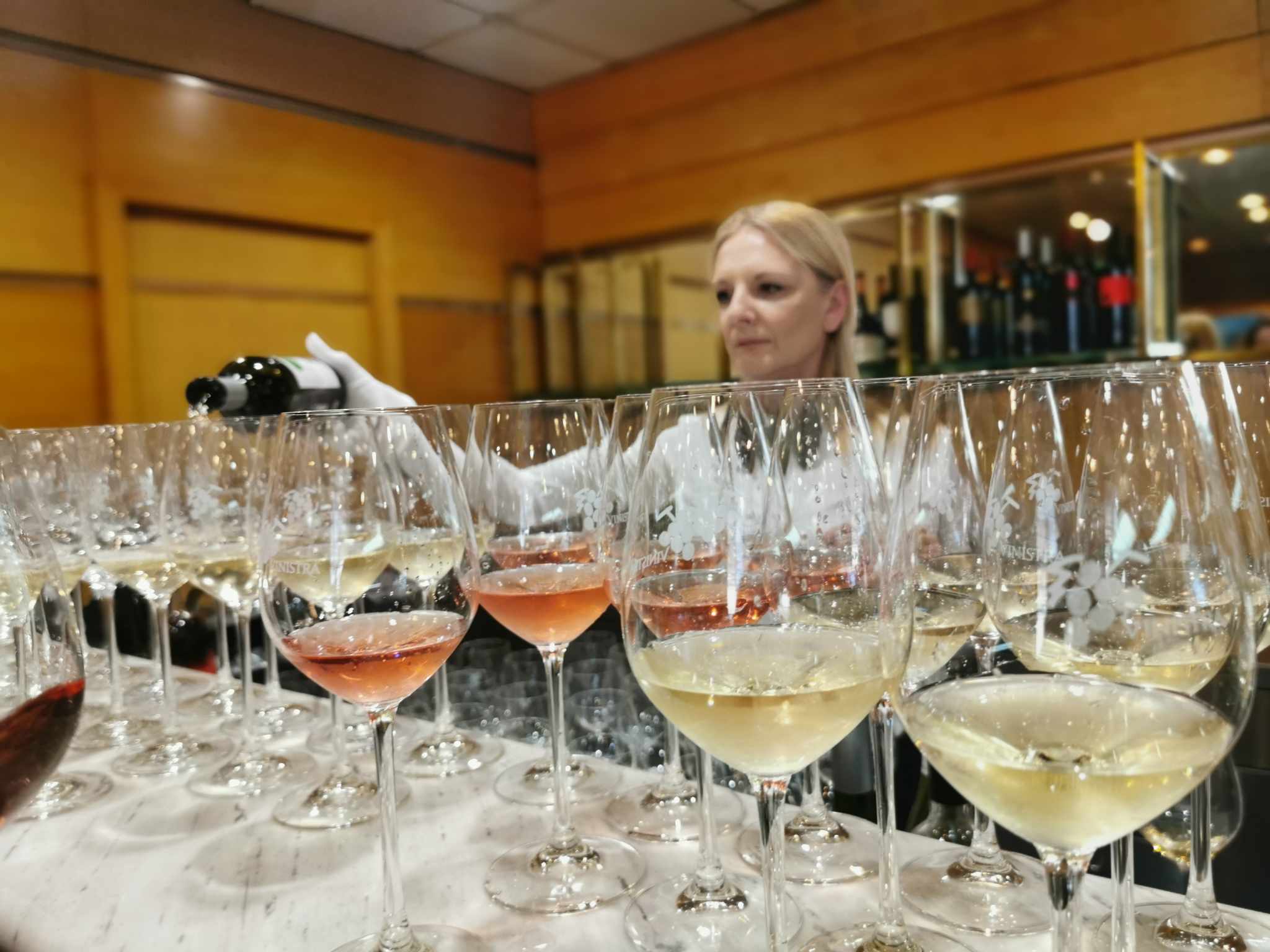

SRPSKO VINO KOŠTA 100 EUR - I ŠTA ĆEMO SAD?
PROČITAJ VIŠE
Winner MILLESIMA BLOG AWARD 2016

Pobednik MILLESIMA BLOG AWARD 2016
VINO & FINO wine personality of the year 2016

VINO & FINO vinska ličnost godine 2016